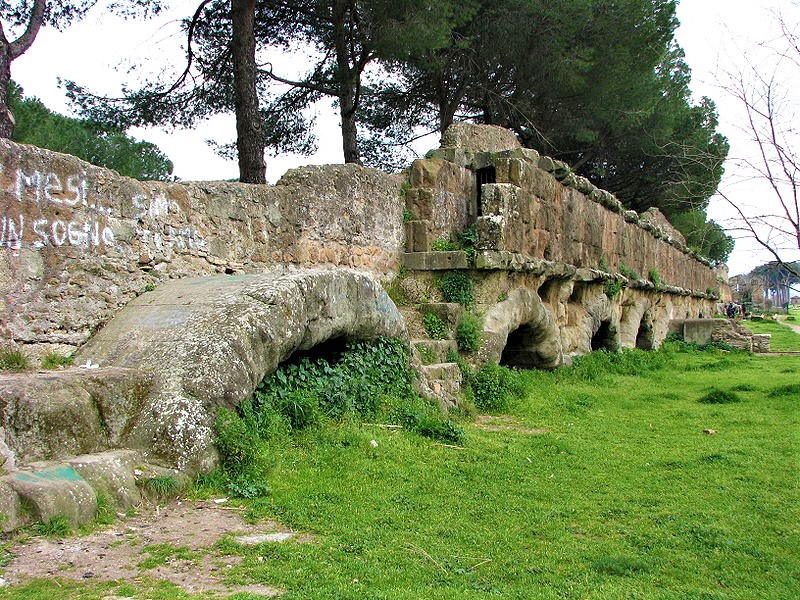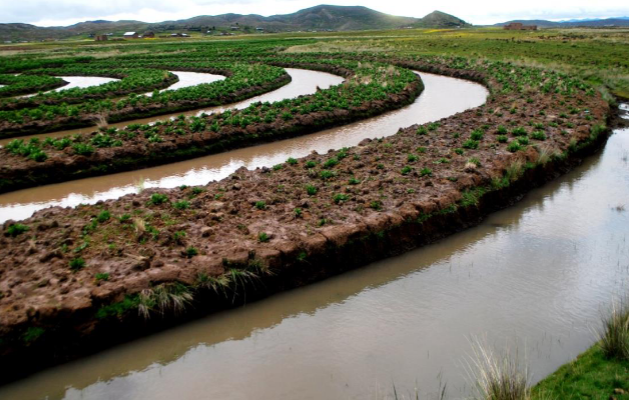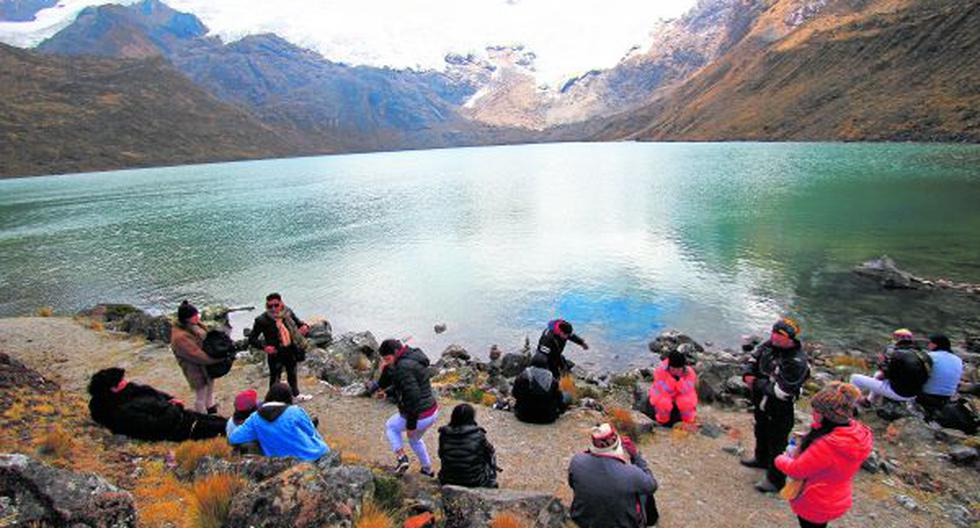By Christian Nielsen
The frustrated aqueduct of the Paraguayan Chaco has given us a topic to search for information on who handled water with greater mastery in ancient times. We found some pearls that illustrate us how, thousands of years ago, some civilizations created prodigious works to capture, transport, treat and distribute drinking water.
The most emblematic, Rome, was a village perched on the Palatine Hill inhabited by Latins, shepherds and farmers. Its proximity to the Sabines, who traded salt, and to the Etruscans, specialized in manufacturing, led to the appearance of a great city that began to grow, to populate the banks of the Tiber and, consequently, to pollute its course in such a way that it the second century before Christ was forced to look for pure water in the nearby mountains. For this they had to develop hydraulic and structural engineering techniques that led to that wonder called aqueduct.
ROME AQUA MASTER
Twelve aqueducts delivered to the city one million cubic meters of drinking water per day to supply a population of 980,000 inhabitants. The imperial capital had eleven large baths, 900 public baths, at least 1,400 ornamental fountains, and countless private pools. The network comprised 508 kilometers of aqueducts, 434 of which were tunnels, 15 consisted of surface pipelines, and 59 kilometers were supported by arch sections such as the Gard aqueduct-bridge in France and the impressive Segovia aqueduct in Spain. These last two are intact and could continue to function were it not for the fact that modern treatment and pumping techniques have replaced them.
The first of the aqueducts that supplied the city, the Aqua Marcia, was 91 kilometers long and was built by order of the praetor Quintus Marcius Rex in four years, between 144 and 140 BC. Its structure was so solid that it only went out of service when the barbarian invasions reached their zenith in the fourth century after Christ. The invaders sought to subdue the city by destroying its aqueducts. Even so, large sections of the Aqua Marcia remained intact, so much so that in 1586, by order of Pope Sixtus V, a new aqueduct was built, the Aqua Felice, taking advantage of sections of a work carried out 1,600 years earlier.
Without a doubt, the Romans were the great masters of water.
ENGINEERING IN THE TAHUANTINSUYO
“Along this road there is a very large and wide wall, through the upper part of which run pipes of water, laboriously brought from some river and piped with the foresight and care that they used in the construction of their irrigation canals.”
This was written in the 16th century by Pedro Cieza de León, a Spanish explorer and historian, who made this discovery when leaving the city of Cuzco, the Inca imperial capital, to go to Piquillacta, a pre-Inca city that flourished between the 7th centuries and IX of the Christian era.
In its heyday, this city had 10,000 inhabitants. Their dwellings were built of stone, with interior plaster lining decorated with multicolored paintings.
The city was supplied by a system of aqueducts. Apart from public, ceremonial and plaza buildings, Piquillacta had about 500 colcas, deposits to store food and goods from each of the four suyu -provinces of the Inca empire- that were later redistributed among all the inhabitants of Tahuantinsuyo. This system guaranteed the survival of the Empire and its people in years of bad harvests.
The Incas also used their open-air aqueducts to irrigate their crops through networks of ditches. The water warmed up in the sun during the day, irrigated the ridges and slowly evaporated at night, creating a curtain of humidity that moderated the low Andean temperatures.
Like the Romans, the Incas were also great masters of water.
CHINESE, WORLD CHAMPIONS
But we have to go back to the very heart of ancient China if we want to find the oldest aqueduct in the world that is still working today. It is an entire irrigation system with its head in Dujiangyan, the provincial capital of Sichuan, a geographical giant of 485,000 square kilometers and 80 million inhabitants. It was built in 256 BC with a dual purpose: to prevent the floods caused by the Min River and to irrigate the Chengdu plain, an extensive territory of more than 7,000 square kilometers, the most fertile soils in China, intensively dedicated to agriculture. The system has been operating without interruption since its creation more than 2,000 years ago and has been modernized to the present day.
POOR LOCAL LANDSCAPE
These stories indicate that water management has been and continues to be vital to any civilization.
In Paraguay, a quarter of a century ago we tried to put into operation an aqueduct to bring water to the central Chaco. Its pipes burst a few months after entering service. It is impossible not to feel an enormous shame in the face of such management incapacity.
And there is no need to go to China or Rome to see how things are done. It is enough to take a little walk around the province of Chaco, Argentina, where a network of more than 1,300 kilometers of aqueducts has been operating for 40 years with 30 water treatment plants that supply 63 urban centers.
They could. We do not.







